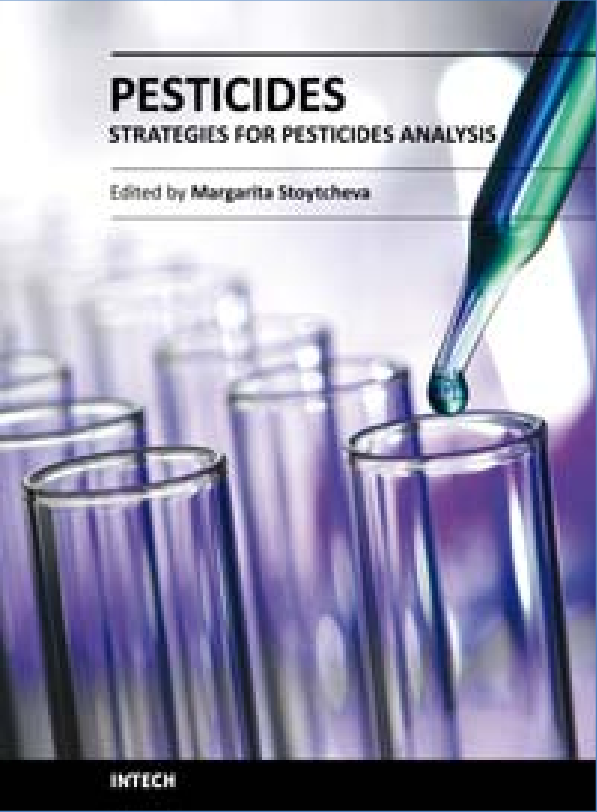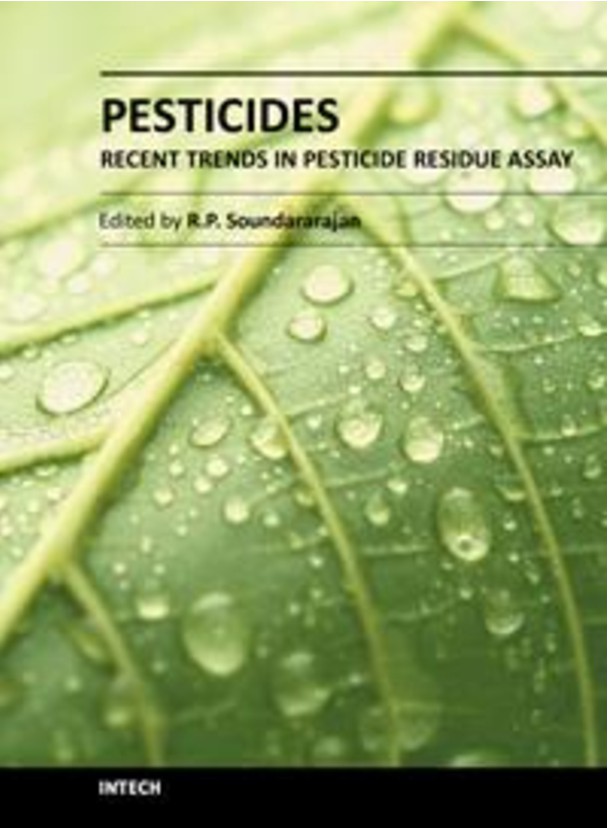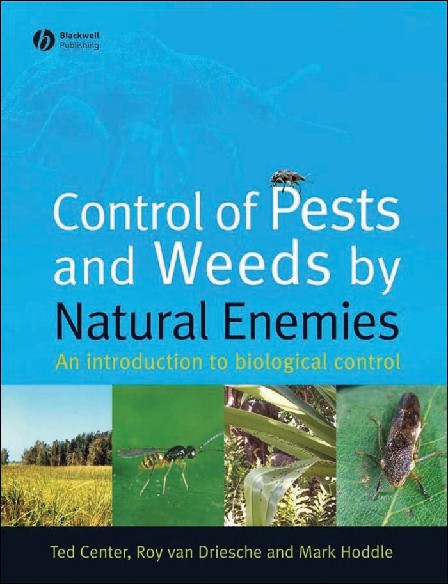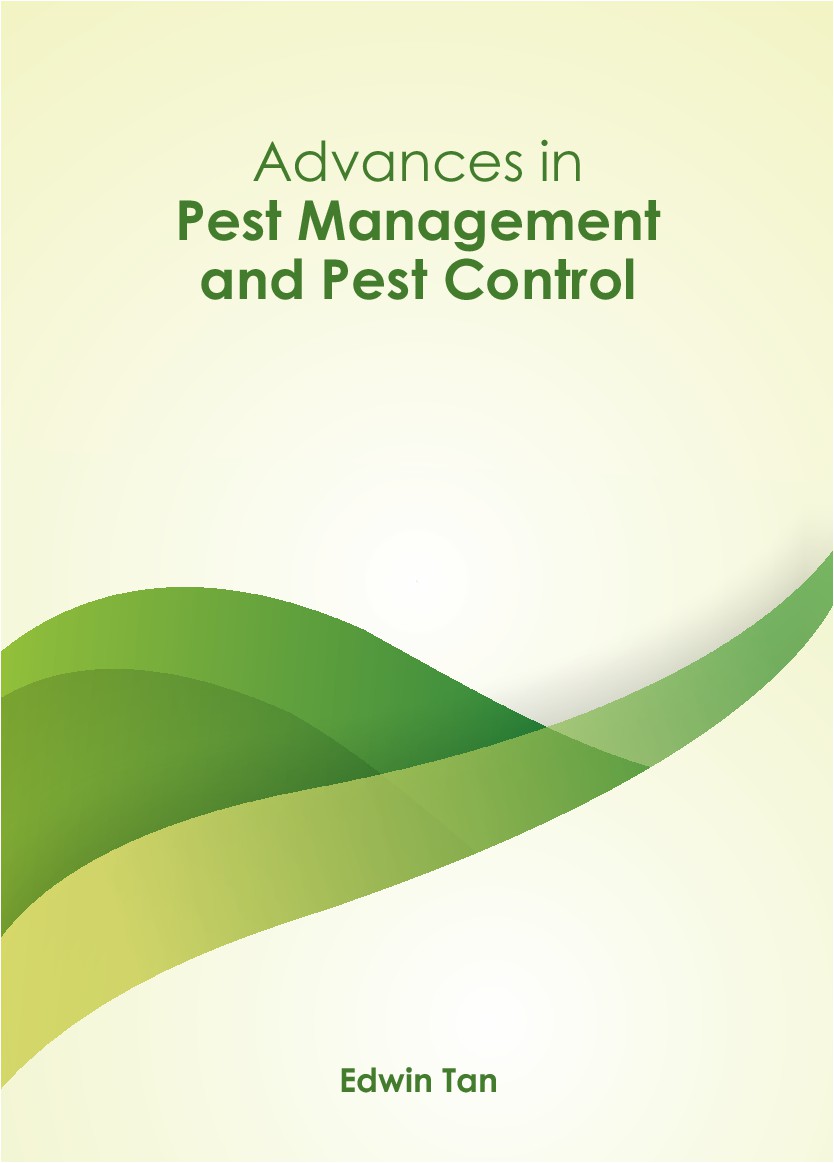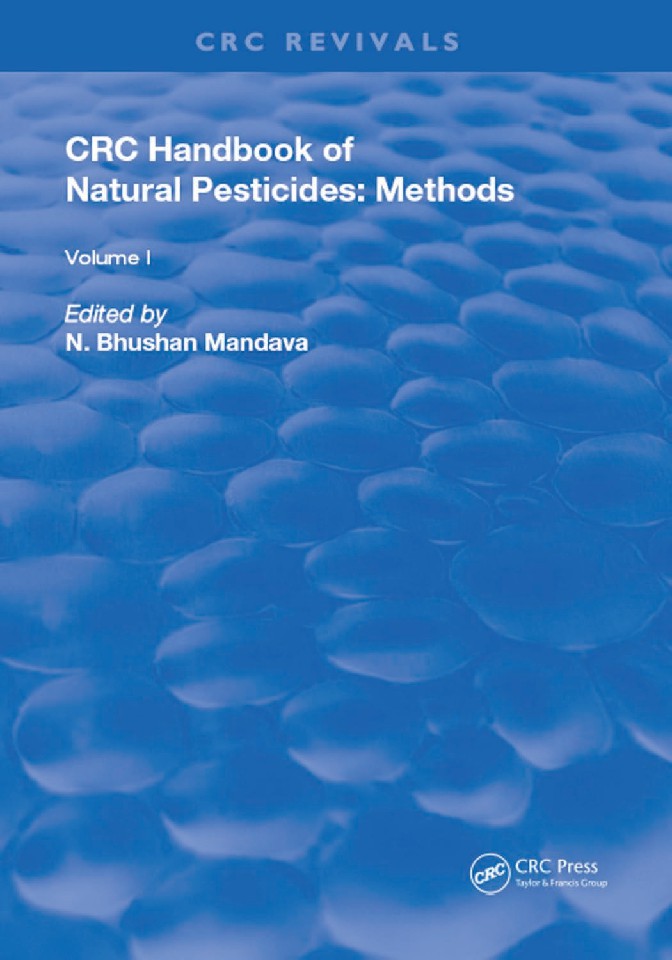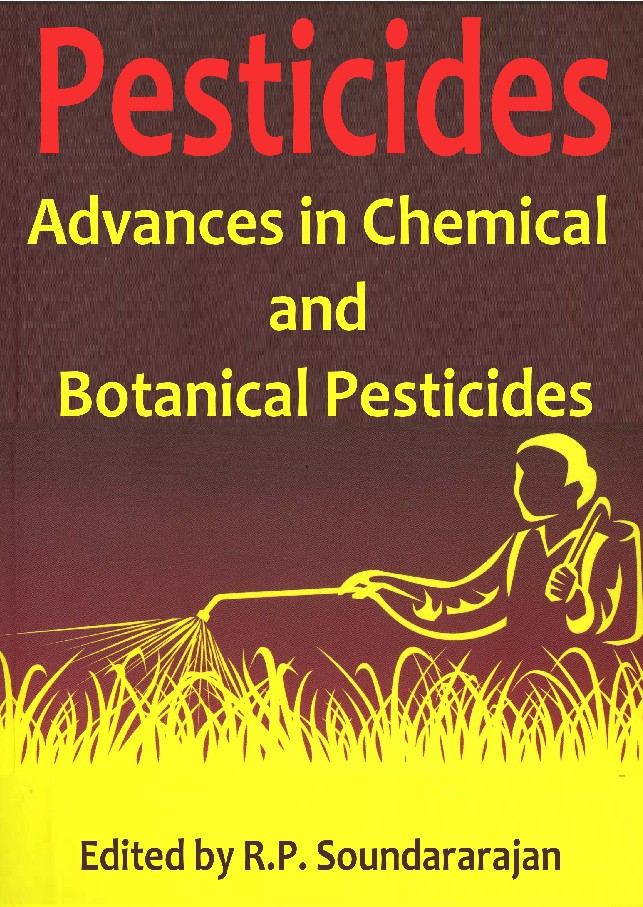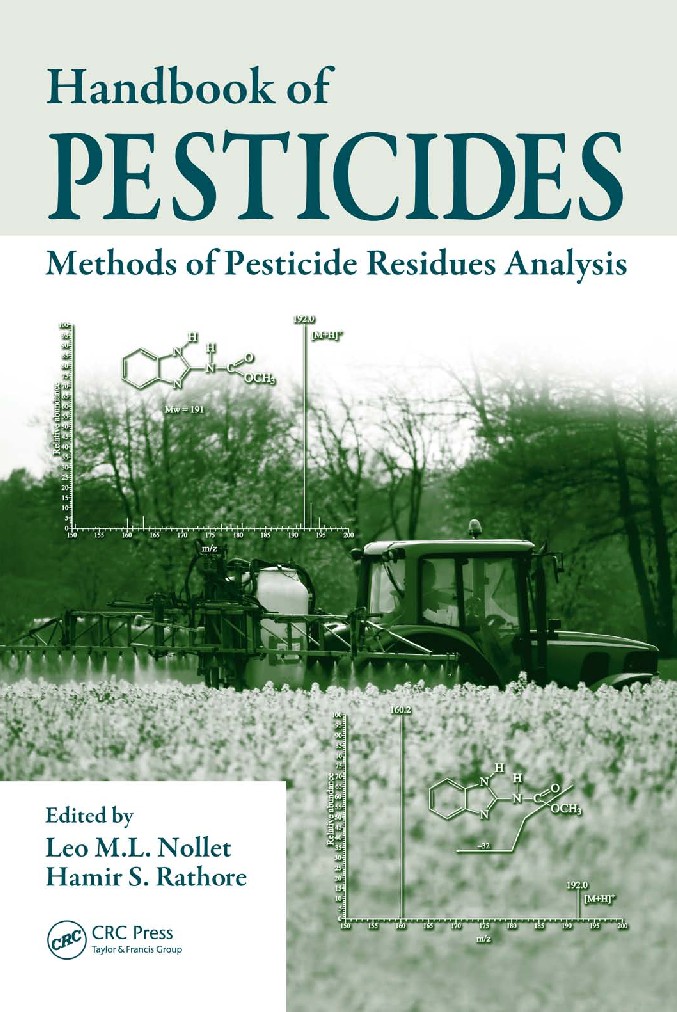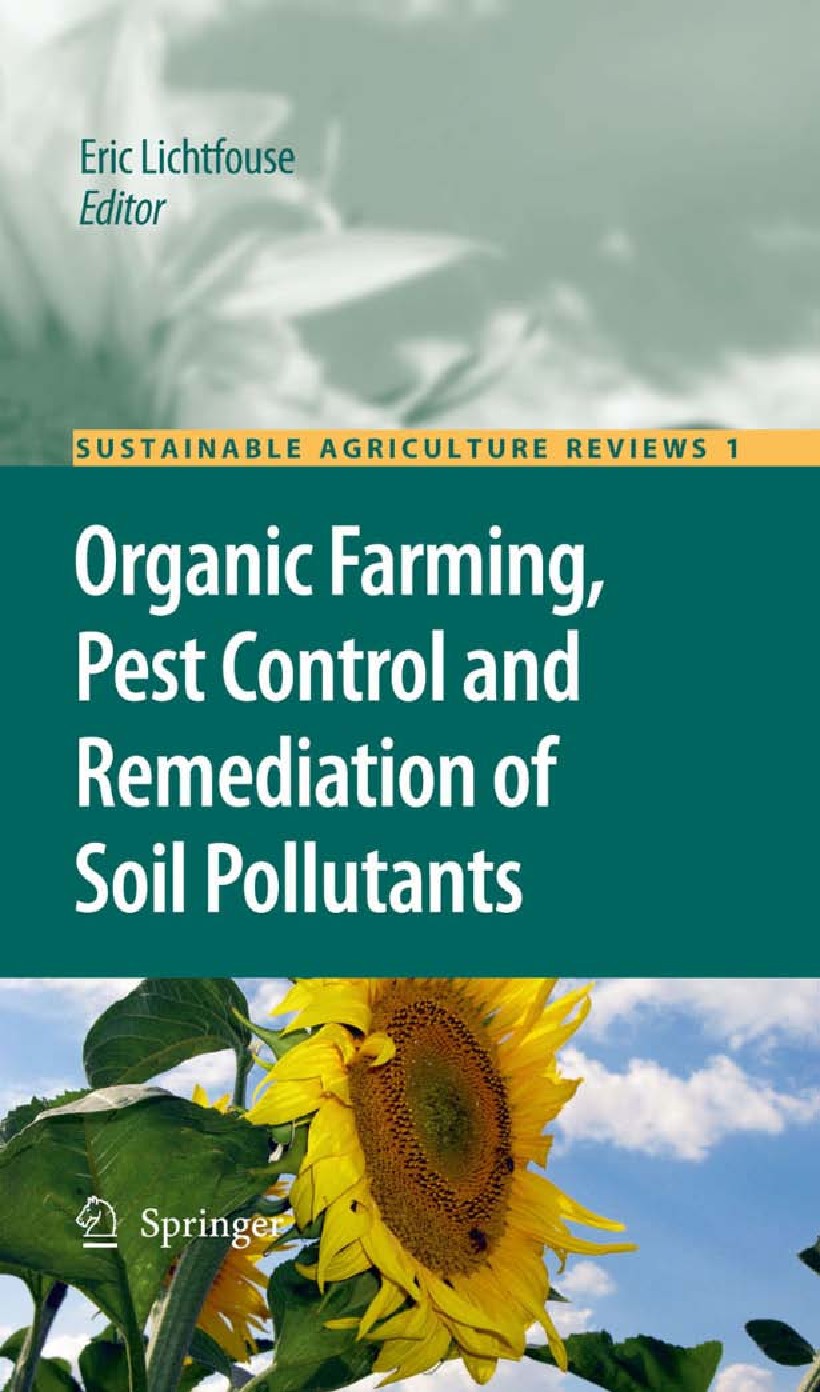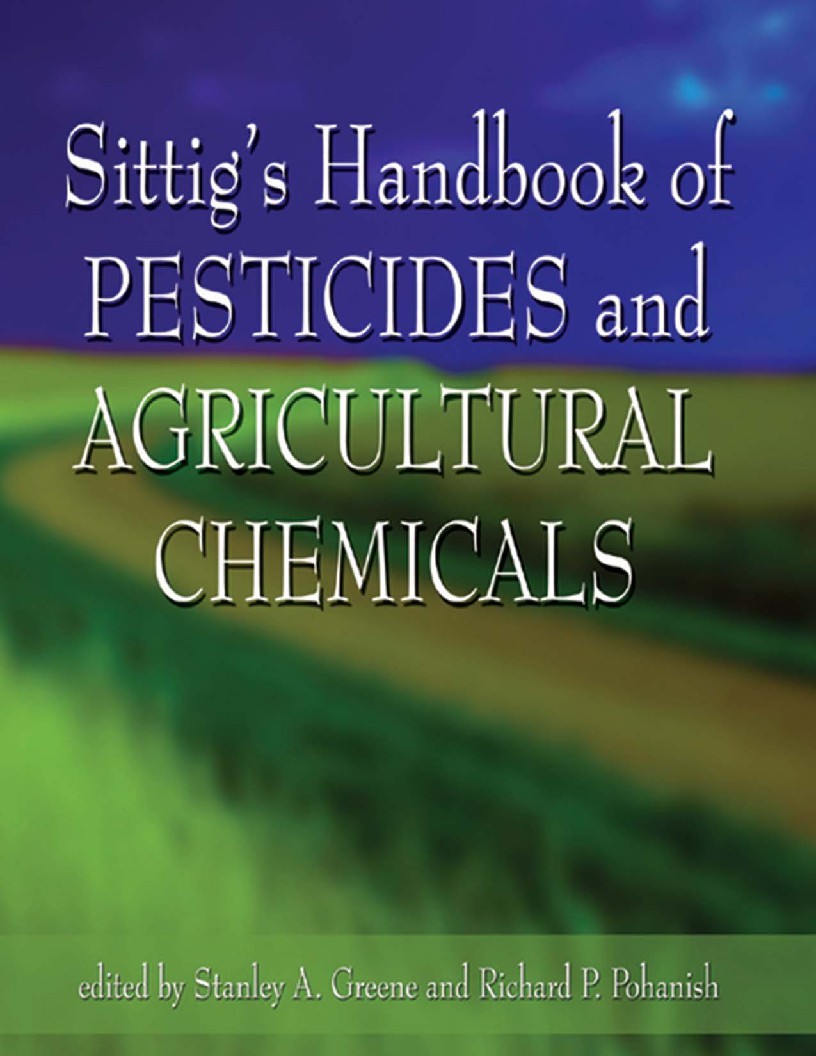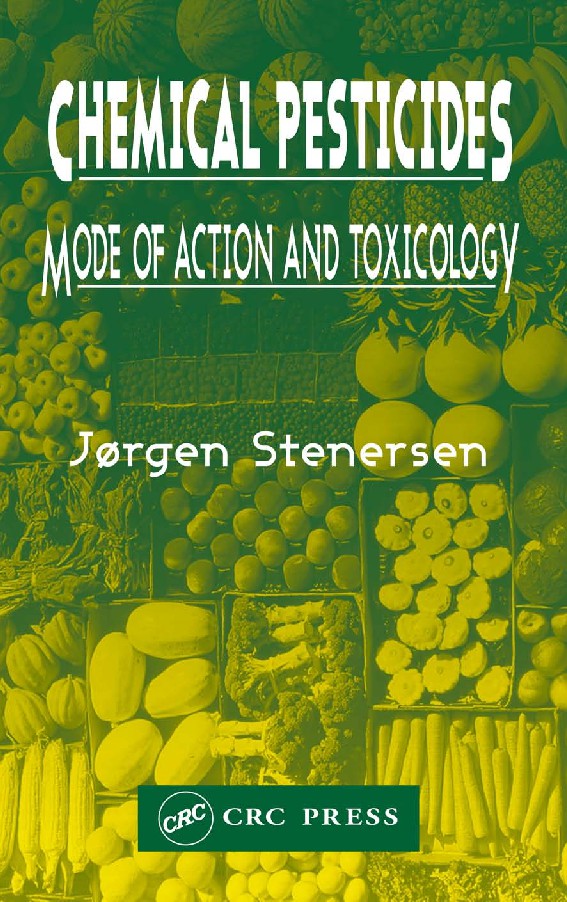Book Details
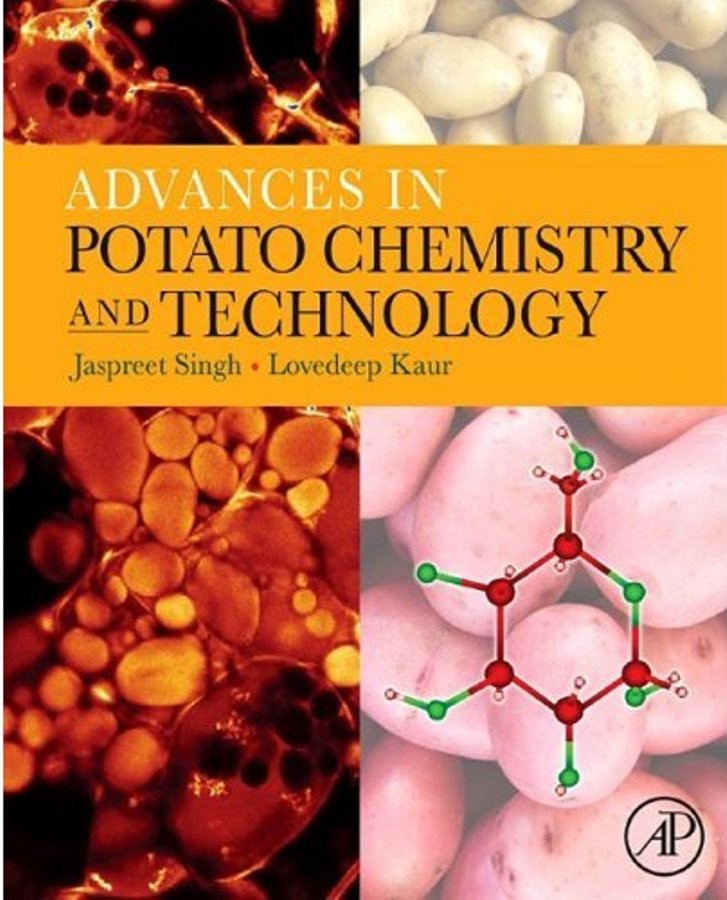
Advances in Potato Chemistry and Technology by Jaspreet Singh, Lovedeep Kaur
The potato (Solanum tuberosum L.) has an annual world production of 322 million metric
tonnes, China being the major producer (FAOSTAT, 2007). Potato production has increased
over the past years in both developed and developing countries much faster than other tuber
or root crops because of its high yield per unit area and nutritive value (Karim et al., 1997).
Potato plant is a perennial herb belonging to the family Solanaceae. The plant bears white to
purple flowers with yellow stamens and some cultivars bear small green fruits each containing
up to 300 seeds (Figure 1). Potato tuber develops as an underground stem (swollen part of a
subterranean rhizome or stolon) bearing auxillary buds and scars of scale leaves and is rich
in starch and storage proteins (Figure 2). Potatoes can be grown from the botanical seeds or
propagated vegetatively by planting pieces of tubers. The eyes on the potato tuber surface,
which are actually dormant buds, give rise to new shoots (sprouts) when grown under suitable
conditions. A sprouted potato is not acceptable for consumption and processing. But optimum
sprouting is a desired attribute when the tubers are used for propagation.
Author: Academic Press
Pages: 509
Issue By: eBook 707
Published: 2 years ago
Likes: 0

